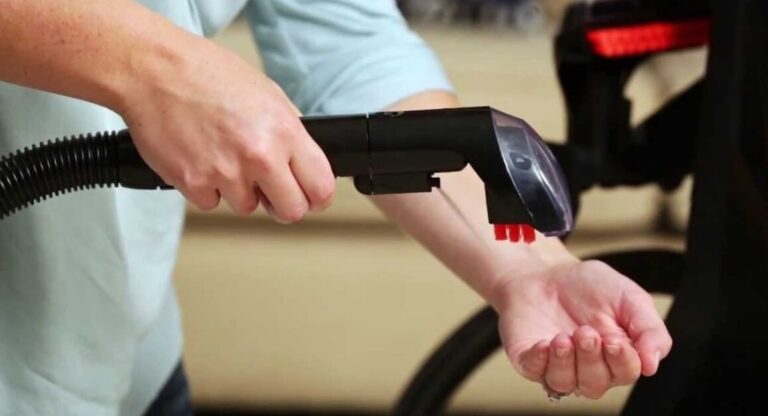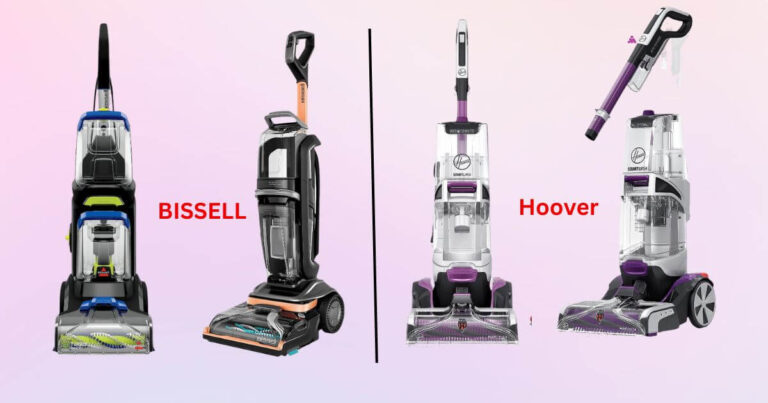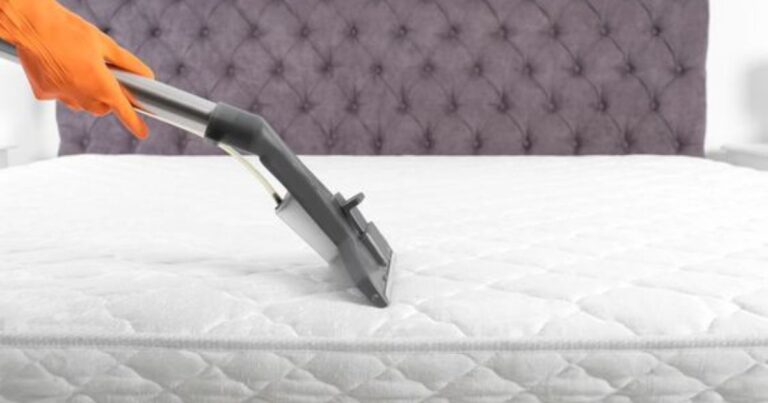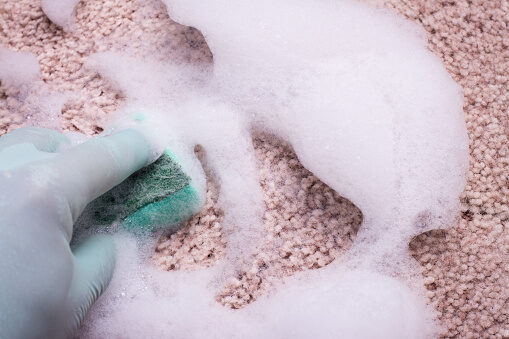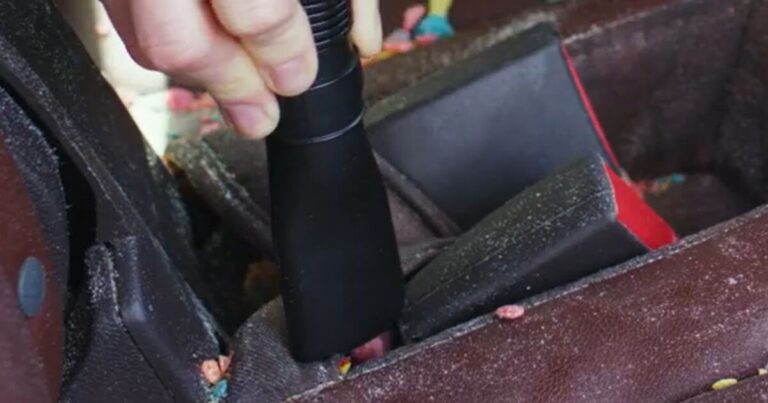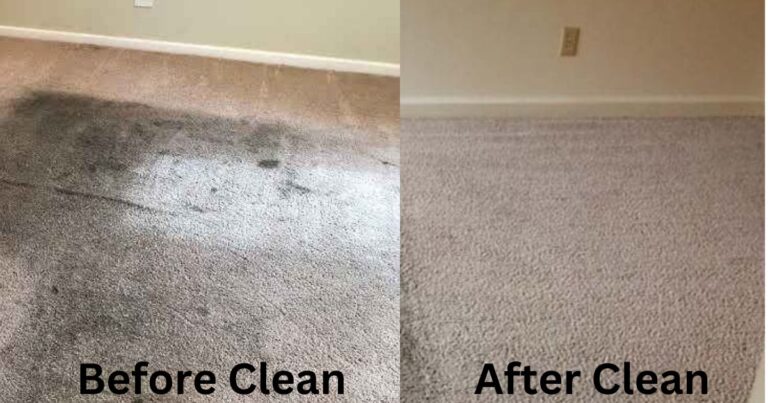What are the Benefits of Microfiber Cloth? gained popularity in recent years due to its incredible cleaning capabilities and numerous benefits. This article will explore what microfiber cloth is, how it is made, why it is popular, and the advantages of using it for cleaning. We will also provide tips on how to effectively use a microfiber cloth and compare it to traditional cleaning tools.
What is Microfiber Cloth?

Microfiber cloth is a type of cleaning cloth that is made from incredibly fine fibers. The term microfiber refers to these fibers, which are as much as 100 times finer than a human hair. The microscopic size of the fibers gives microfiber cloth its unique cleaning abilities.
Definition of Microfiber Cloth
Microfiber cloth is a fabric that consists of synthetic fibers, typically made of polyester and nylon. These fibers are woven together to create a cloth that is highly absorbent and effective in cleaning.
How is Microfiber Cloth Made?
The process of making microfiber cloth involves splitting the synthetic fibers into ultra-fine strands through a special manufacturing technique. These strands are then woven together to create the cloth. The split fibers create millions of tiny hooks that can effectively capture and hold dirt, dust, and other particles.
Why is Microfiber Cloth Popular?
Microfiber cloth has gained popularity for several reasons. Firstly, its fine fibers are excellent at trapping and holding onto dirt and dust. Secondly, it is highly absorbent, allowing it to quickly and effectively absorb liquids. Lastly, microfiber cloth can be used dry or damp, making it versatile for various cleaning tasks.
the Benefits of Microfiber Cloth
Effectiveness in Cleaning
One of the key benefits of using microfiber cloth is its effectiveness in cleaning. The microscopic fibers in the cloth act like tiny scrub brushes, lifting dirt and dust from surfaces. Additionally, the split fibers are able to reach into tiny crevices and pick up even the smallest particles.
Microfiber cloth is particularly useful for cleaning smooth surfaces such as windows, glass, and stainless steel. It does an excellent job of removing fingerprints, smudges, and streaks without the need for harsh chemicals.
Reduced Use of Chemicals
In addition to its cleaning effectiveness, microfiber cloth allows for reduced use of cleaning agents. The tiny fibers attract and hold onto dirt and dust, minimizing the need for harsh chemicals. This not only saves money but also reduces the environmental impact of cleaning.
When using microfiber cloth, you can achieve a thorough clean with just water or a mild cleaning solution. This makes it a safer and more sustainable option compared to traditional cleaning materials that rely heavily on chemical cleaners.
Lint-Free Cleaning
Another advantage of microfiber cloth is that it provides lint-free cleaning. Traditional cleaning cloths, such as cotton towels, often leave behind lint or fibers on surfaces. This is especially problematic when cleaning glass or electronics.
Microfiber cloth, on the other hand, is designed to be lint-free. The fine fibers trap and hold onto dirt and dust without leaving any residue behind. This ensures a streak-free and spotless clean, making it ideal for sensitive surfaces.
How to Use Microfiber Cloth

Using Microfiber Cloth for Dusting
To effectively use microfiber cloth for dusting, start by using a dry cloth. Gently wipe the cloth over surfaces, such as furniture, shelves, and electronics, to remove dust. For hard-to-reach areas, use a microfiber duster with an extendable handle.
If you encounter stubborn dust or dirt, lightly dampen the cloth with water or a mild cleaning solution. Ensure the cloth is not saturated as excess liquid can leave streaks. After dusting, shake out the cloth or wash it according to the manufacturer’s instructions.
Using Microfiber Cloth for Kitchen Cleaning
Microfiber cloth is excellent for cleaning kitchen surfaces due to its ability to trap grease and grime. When cleaning countertops, appliances, and sinks, dampen the cloth with water or a kitchen-safe cleaning solution.
Wipe the surfaces thoroughly, paying attention to any sticky or heavily soiled areas. For stainless steel appliances, use a circular motion to remove fingerprints and smudges. Rinse the cloth as needed and wring out excess water to prevent streaking.
Using Microfiber Cloth for Windows and Glass

To clean windows and glass with microfiber cloth, start by spraying a glass cleaner directly onto the surface. Alternatively, you can lightly dampen the cloth with a mixture of water and vinegar.
Wipe the glass using horizontal or vertical strokes, ensuring complete coverage. For streak-free results, use a second dry microfiber cloth to buff the glass. Avoid using excessive pressure, as this can cause streaking or damage the glass surface.
Microfiber Cloth vs. Traditional Cleaning Tools
Comparison of Cleaning Efficiency
When comparing microfiber cloth to traditional cleaning tools, microfiber cloth excels in terms of cleaning efficiency. The split fibers in microfiber cloth effectively capture dirt and dust, whereas traditional materials, such as cotton cloths, tend to push dirt around.
Additionally, microfiber cloth requires less effort to achieve the same level of cleanliness. Its tiny fibers act like magnets, attracting and holding onto particles, greatly reducing the need for scrubbing or multiple passes.
Effect on the Environment
Microfiber cloth is also more eco-friendly compared to traditional cleaning tools. Its ability to clean effectively with just water or minimal cleaning agents reduces the amount of chemical cleaners that end up in the environment.
Furthermore, microfiber cloth is durable and long-lasting, resulting in less waste compared to disposable cleaning materials. With proper care and maintenance, microfiber cloths can be used repeatedly for an extended period.
Durability and Longevity
Traditional cleaning tools, such as cotton cloths or mops, tend to wear out quickly and lose their effectiveness over time. Microfiber cloth, on the other hand, is highly durable and maintains its cleaning abilities even after multiple uses and washes.
Microfiber cloths are designed to withstand regular use and resist wear and tear. With proper care, including regular washing and avoiding the use of fabric softeners, microfiber cloths can last for a long time, making them a cost-effective choice in the long run.
FAQs (Frequently Asked Questions)
What are the benefits of using microfiber cloths?
Microfiber cloths offer several benefits compared to traditional cleaning cloths. They are highly absorbent, making them great for cleaning up spills and messes. They also have a unique ability to attract and trap dust, dirt, and lint, allowing for a more thorough cleaning. Additionally, microfiber cloths are gentle on surfaces and don’t leave behind streaks or scratches.
How do microfiber cloths differ from standard cleaning cloths?
Microfiber cloths are made from very fine synthetic fibers, usually polyester or nylon. These fibers are densely packed, creating a large surface area that can trap and hold dirt particles. Standard cleaning cloths, on the other hand, are typically made from cotton or other natural fibers, which are less effective at trapping dirt.
Can I use microfiber cloths for cleaning different surfaces?
Yes, microfiber cloths are versatile and can be used to clean a wide range of surfaces. They are safe to use on countertops, mirrors, windows, stainless steel appliances, and even delicate surfaces like computer screens and eyeglasses. Just be sure to use the appropriate cleaning product for each surface.
How should I clean microfiber cloths?
To keep your microfiber cloths in good condition, it is recommended to wash them separately from other laundry items. Use warm water and a mild detergent. Avoid using fabric softeners or harsh chemicals as they can degrade the effectiveness of the microfiber. Air dry or tumble dry on low heat to prevent any shrinkage.
Can I reuse microfiber cloths?
Yes, microfiber cloths are designed to be reusable. They can be washed and reused multiple times, making them a more cost-effective and environmentally-friendly option compared to disposable cleaning wipes or paper towels.
Are there any specific cleaning products I should use with microfiber cloths?
Microfiber cloths can be used with a variety of cleaning products, including water, vinegar solutions, or mild cleaning detergents. Avoid using bleach or abrasive cleaners, as they can damage the fibers of the cloth.
Do microfiber cloths work better than traditional cleaning methods?
Yes, microfiber cloths are more effective than traditional cleaning methods for several reasons. Their fine fibers can reach into small crevices and corners, capturing more dirt and dust. The ability to attract and hold onto particles also prevents them from being spread around, resulting in a cleaner surface.
Can microfiber cloths be used for automotive cleaning?
Absolutely! Microfiber cloths are excellent for automotive cleaning. They can be used to wipe down the exterior of the vehicle, remove dust and fingerprints from the dashboard, and clean windows without leaving streaks. The soft fibers also make them safe to use on delicate surfaces like the car’s paintwork and upholstery.
Are there any specific techniques to follow when using microfiber cloths?
When using a microfiber cloth, it is best to use a gentle wiping motion rather than applying excessive pressure. For tougher stains or grime, you may need to dampen the cloth slightly or use a specialized cleaning product. Always follow the manufacturer’s instructions for both the cloth and cleaning agent.
Can I use microfiber cloths for both wet and dry cleaning?
Yes, microfiber cloths are suitable for both wet and dry cleaning. When using them for wet cleaning, dampen the cloth with water or a cleaning solution of your choice. For dry cleaning, the cloth can be used as is to pick up dust, dirt, and lint from surfaces.
In conclusion,
the benefits of microfiber cloth make it an excellent choice for various cleaning and wiping tasks.
Firstly, microfiber cloths are highly effective in capturing and trapping dust, dirt, and other particles due to their unique structure. This helps to ensure a thorough and efficient clean.
Secondly, these cloths are incredibly absorbent, allowing them to quickly soak up spills and moisture without leaving behind any streaks or residue. Additionally, microfiber cloths are durable and long-lasting, making them a cost-effective option in the long run.
Lastly, they are also eco-friendly as they require less water and cleaning solutions compared to traditional cleaning methods. Overall, the benefits of microfiber cloth make it a reliable and practical tool for maintaining a clean and hygienic environment.

